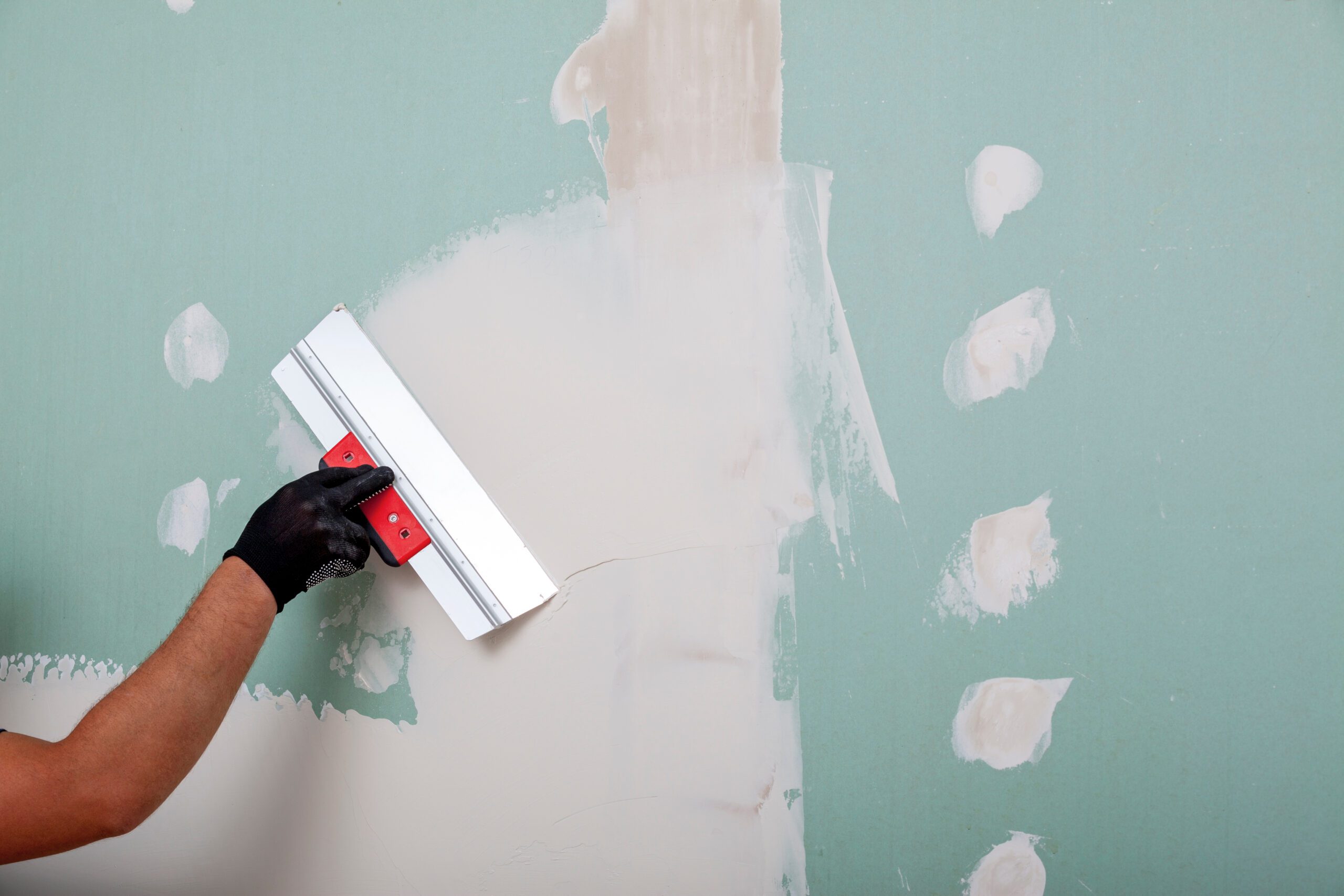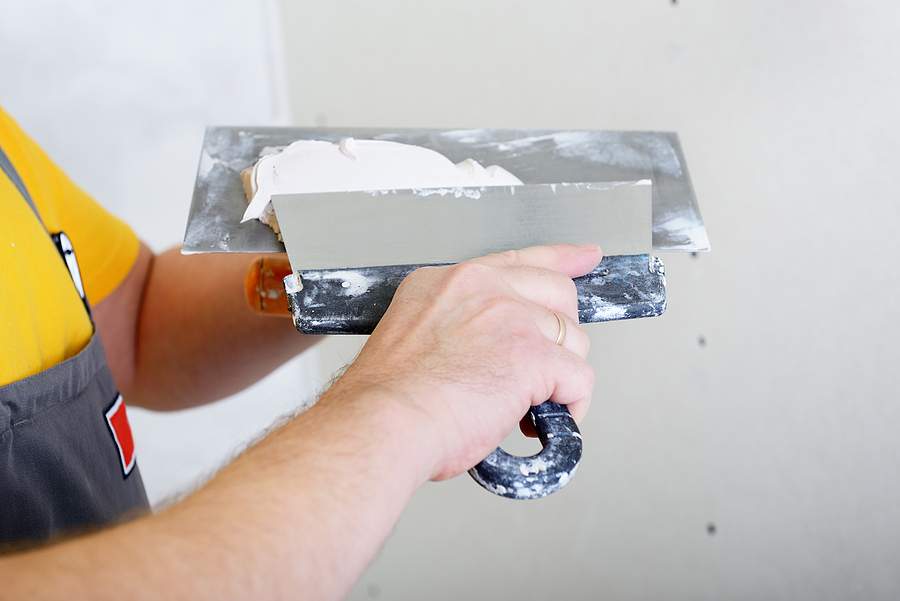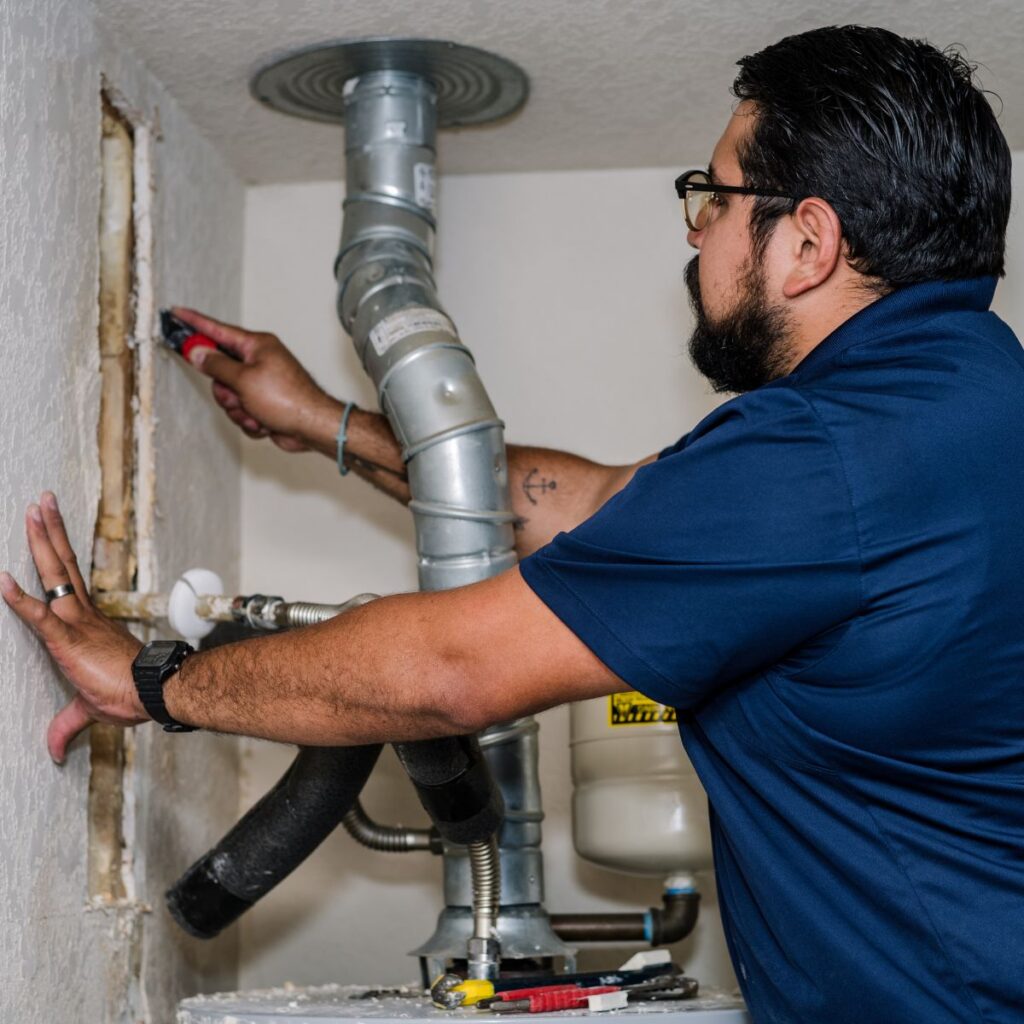Learn simple techniques from top drywall contractors to elevate your Interior Painting projects.
A Comprehensive Overview to Learning Drywall Repair and Installation
This overview provides a complete exploration of drywall repair service and setup, catering to both beginners and skilled experts. It outlines vital tools, strategies for patching and hanging sheets, and the essential ending up processes. Drywall Installation Ogden Utah. By comprehending typical challenges, individuals can accomplish sleek outcomes. Mastering these skills not just improves one's home yet also builds self-confidence in DIY undertakings. What foundational ideas will guarantee an effective project throughout?
Vital Tools for Drywall Repair Service and Setup
When beginning on drywall repair and installment, a couple of important tools can greatly enhance the efficiency and top quality of the job. A drywall blade, usually offered in various dimensions, is vital for using joint compound and smoothing joints. A taping blade is likewise necessary for feathering sides and guaranteeing a smooth coating. In addition, a drywall saw or energy blade enables exact cutting of drywall sheets to fit any type of area.

Step-by-Step Guide to Patching Holes
Covering holes in drywall is a simple procedure that can recover the wall's appearance and integrity. To begin, the area around the hole must be cleansed and any loosened particles removed. For tiny holes, a basic spackle or joint substance can be used with a putty blade. Bigger openings may need a patch; a piece of drywall can be reduced to fit the hole, safeguarded with adhesive or screws, and after that taped around the edges. Once the patch is in area, joint compound is used over the spot and feathered bent on mix with the surrounding wall. After the compound dries, sanding is essential to achieve a smooth surface. The repaired area can be topped and painted to match the remainder of the wall surface. This approach ensures a smooth repair, enhancing the general appearance of the drywall and maintaining its architectural integrity.
Methods for Hanging Drywall Sheets
After effectively fixing openings in drywall, the following action entails hanging new drywall sheets to develop a seamless surface area. To accomplish this, one need to start by gauging the wall surface area properly my link and cutting the drywall sheets to fit. It is important to hang the sheets flat for better architectural integrity, starting from the top and functioning downwards.
Using a drywall lift can simplify the process, especially for ceiling setups. As soon as placed, safeguarding the sheets with drywall screws at intervals of regarding 12 inches along the edges and 16 inches in the area is essential. This guarantees a solid hold and minimizes the risk of sagging. For corners, the sheets must be cut to fit snugly, enabling cleaner joints. It is a good idea to surprise the joints between sheets to enhance the overall structure, producing a much more long lasting coating prepared for the following phase in the drywall setup procedure.
Finishing Touches: Insulation and Mudding
Completing the drywall installation includes the crucial actions of mudding and taping, which guarantee a sleek and smooth finish. Insulation needs the application of joint tape over the seams between drywall sheets. drywall contractor. This tape can be either paper or fiberglass mesh, with each type offering special benefits. After taping, the following action is mudding, where joint compound, or "mud," is related to cover the tape and fill up any type of flaws
Utilizing a drywall blade, the substance should be spread equally, making certain a feathery side to reduce visible changes. Numerous layers are often needed, with fining sand in between each layer to accomplish a smooth surface area. Cautious interest throughout this process is vital, as it considerably affects the last look of the wall. With the appropriate technique and persistence, completion result will be a flawless structure all set for paint or ending up touches.
Usual Errors to Stay Clear Of in Drywall Projects

Another usual blunder is not allowing enough drying out time in between layers, which can catch moisture and endanger the finish. Furthermore, neglecting to feather the edges effectively can create visible lines and blemishes. Lastly, missing sanding or making use of inappropriate strategies may leave harsh areas. By knowing these mistakes, individuals can substantially improve the quality of their drywall jobs and accomplish a professional-looking surface.
Frequently Asked Concerns
Can I Fix Drywall Without Specialist Assist?
Yes, one can fix drywall without specialist aid. With the right devices, materials, and click reference support, individuals can successfully take care of minor fixings. Nevertheless, substantial damage may need expert proficiency for perfect results and sturdiness.
Just How Long Does Drywall Compound Require To Dry?
Drywall substance usually takes in between 24 to two days to dry completely, depending upon elements such as moisture and temperature. Thinner layers may dry faster, while thicker applications need more time for suitable results.
What's the very best Kind Of Paint for Drywall?
The finest kind of paint for drywall is typically a water-based latex paint. It offers outstanding coverage, longevity, and ease of application, making it ideal for indoor walls while enabling for easy cleaning with soap and water.

How Do I Avoid Mold And Mildew on Drywall?
To avoid mold and mildew on drywall, guarantee appropriate air flow, control moisture degrees, make use of mold-resistant materials, and without delay address any type of leaks. Routine assessments and instant removal of water damage are also essential for long-term prevention.
Is Drywall Recyclable After Removal?
Drywall is recyclable after elimination, supplied it is without impurities like mold and mildew, paint, or other dangerous products. Reusing facilities can process it right into new products, advertising sustainability and reducing landfill waste in construction.
When beginning on drywall repair service and installation, a couple of important tools can considerably enhance the effectiveness and quality of the work. After effectively repairing holes in drywall, the following step includes hanging new drywall sheets to produce a seamless surface area. Completing the drywall setup includes the important actions of taping and mudding, which assure a smooth and sleek finish. Achieving a sleek surface in drywall projects can be difficult, and numerous usual mistakes can undermine the quality of the work. Yes, one can repair drywall without specialist aid.